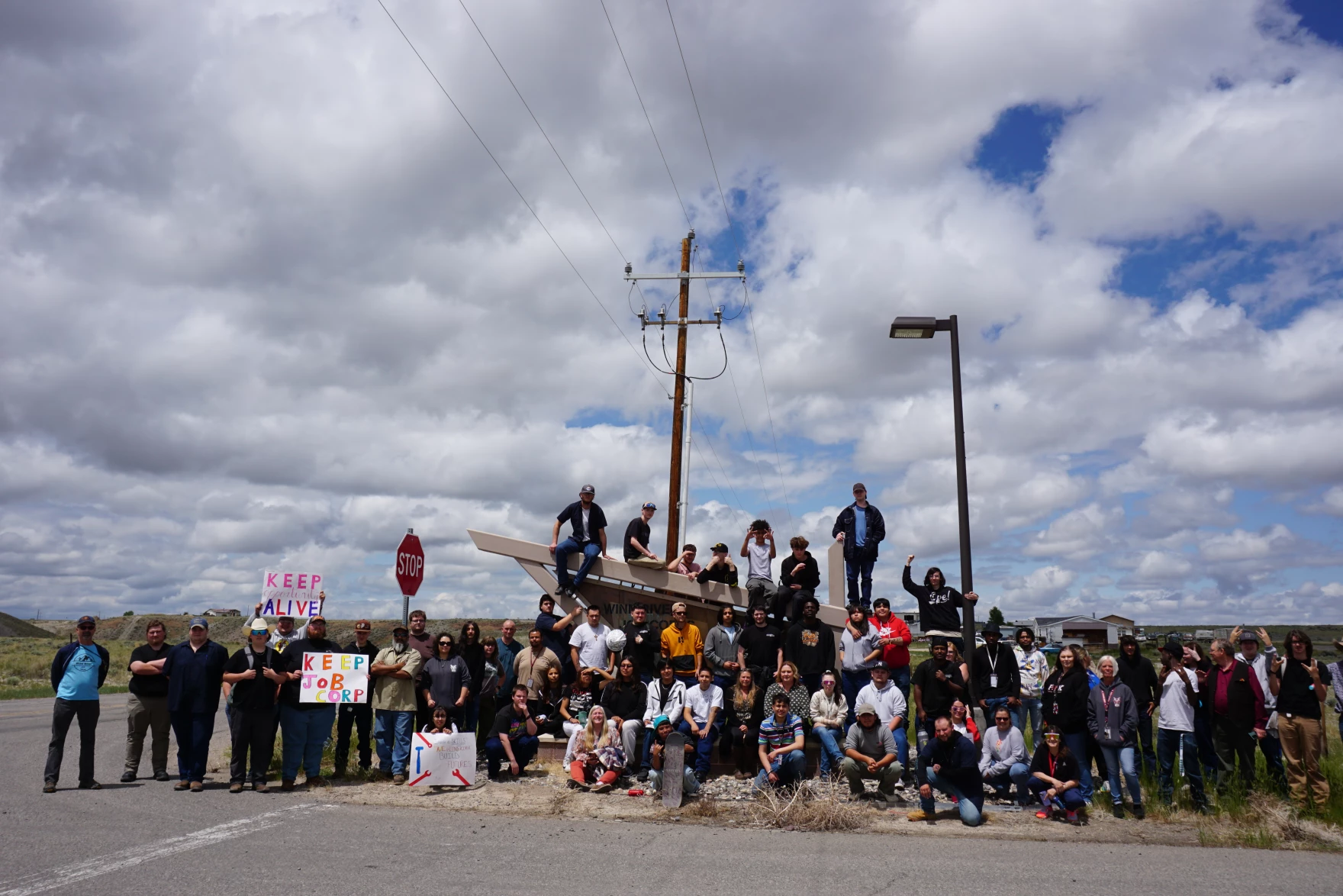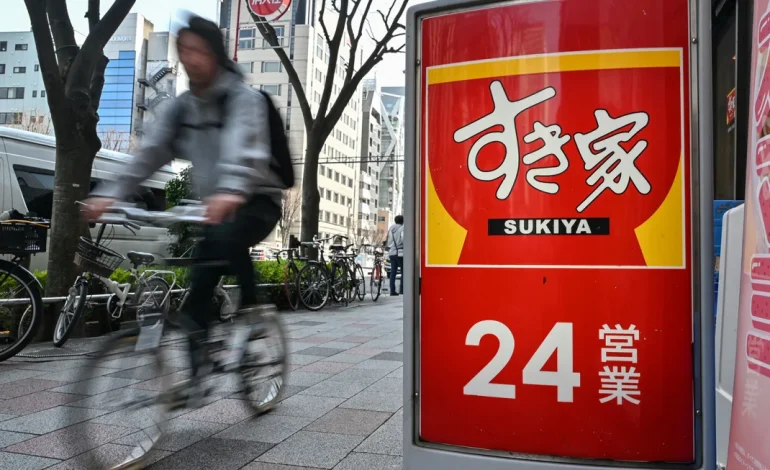Sukiya, Japan’s largest beef bowl chain, is temporarily shutting down nearly all of its 2,000 locations for deep cleaning and pest control after incidents of food contamination involving a rat and an insect.
The closures, which will last from March 31 to April 4, come after a bug was found in a meal at a Tokyo location last Friday. This follows an earlier incident in January when a rat was discovered in a bowl of miso soup at a Sukiya branch in Tottori, western Japan.
In a statement on Saturday, Sukiya apologized for the “great inconvenience and concern caused” and assured customers it is taking the situation seriously. The company also reiterated its commitment to maintaining a safe and clean dining environment.
Sukiya further addressed the issue on social media Monday, saying:
“We take this situation seriously and sincerely. We will do our utmost to maintain a safe and clean environment.”
Both affected restaurants were temporarily closed for extermination and inspection. Following the latest contamination in Tokyo, the company refunded the affected customer and launched an investigation into the cause.
While food recalls are relatively rare in Japan, where sanitation standards are among the highest in the world, incidents of contamination occasionally make headlines.
Despite a viral image of the rat incident circulating online for weeks, Sukiya only confirmed it in late March. The company later attributed the miso soup contamination to an employee failing to check the bowl before serving.
Sukiya, operated by Zensho Holdings, runs 1,957 locations across Japan and 675 international branches in countries such as China, Taiwan, Thailand, and Brazil. The company is facing increased public scrutiny, with customers questioning its hygiene practices.
Following the disclosure of the rat incident last week, Zensho Holdings’ stock initially fell but later recovered. The company has since pledged to strengthen pest control measures, including addressing structural issues in its restaurants that may contribute to contamination risks.










The latest news in your social feeds
Subscribe to our social media platforms to stay tuned